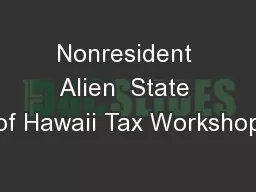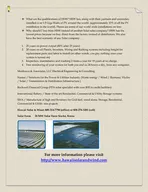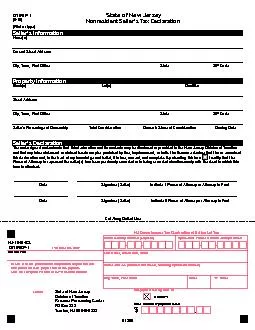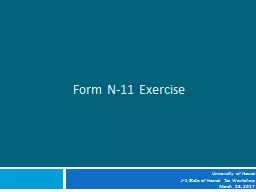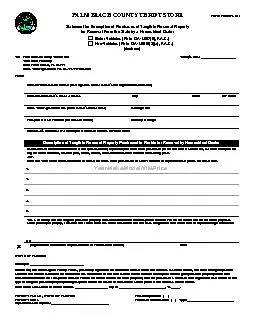PPT-Nonresident Alien State of Hawaii Tax Workshop
Author : alexa-scheidler | Published Date : 2018-09-23
University of Hawaii F 1 State of Hawaii Tax Workshop March 16 2017 Major Differences Federal amp Hawaii Federal Hawaii Tax treaties None Green card test None
Presentation Embed Code
Download Presentation
Download Presentation The PPT/PDF document "Nonresident Alien State of Hawaii Tax W..." is the property of its rightful owner. Permission is granted to download and print the materials on this website for personal, non-commercial use only, and to display it on your personal computer provided you do not modify the materials and that you retain all copyright notices contained in the materials. By downloading content from our website, you accept the terms of this agreement.
Nonresident Alien State of Hawaii Tax Workshop: Transcript
Download Rules Of Document
"Nonresident Alien State of Hawaii Tax Workshop"The content belongs to its owner. You may download and print it for personal use, without modification, and keep all copyright notices. By downloading, you agree to these terms.
Related Documents

